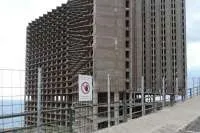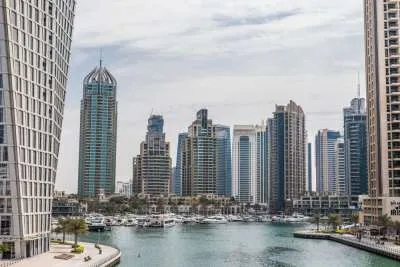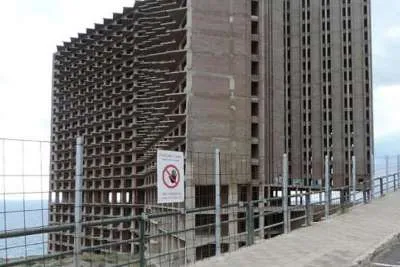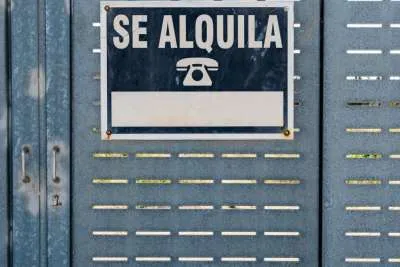The Canaries study the idea of limiting the sale of holiday homes to foreigners
- 22-11-2022
- Business
- Canarian Weekly
Nueva Canarias (NC) has revived the debate on "overpopulation" in the Canary Islands claiming there is a housing emergency in the Archipelago due to excessive rents, a shortage of residential properties, and the increase of privately let holiday homes. They have requested an official study on the impact of property purchases by foreigners, and has alluded to the request of the Balearic Islands to limit the amount allowed.
Last week, they took advantage of the creation of the demographic challenge commission in the regional Parliament to make a request: to study the effects of the sale of real estate on the Islands to non-residents.
“We have a very serious residential problem that will only get worse,” said NC spokesman Luis Campos. 33.69% of the homes sold in the third quarter of 2022 were bought by foreigners, according to data from the College of Property Registrars, which is the highest proportion in all of Spain, ahead of the Balearic Islands (31.46%) and more than double the state average (15.92%).
However, it wasn't always like this. In 2012, the first year to include this data, the figure reported by the College of Registrars is 22.11%. Since then, foreign investors have once again taken an interest in Canaries real estate as an important investment asset, especially due to its low cost and its location.
Landlords, vulture funds, and overseas investors have found greater profitability in peripheral and tourist-rich regions, such as the Canary Islands. A study prepared by island academics suggests that the fall in prices caused by the ‘shockeconomic’ (the average cost of a flat in 2013 was around 134,000 euros), and a large number of homes that remained unsold when the real estate bubble burst, resulted in a combination that was too attractive to reject, especially by foreigners.
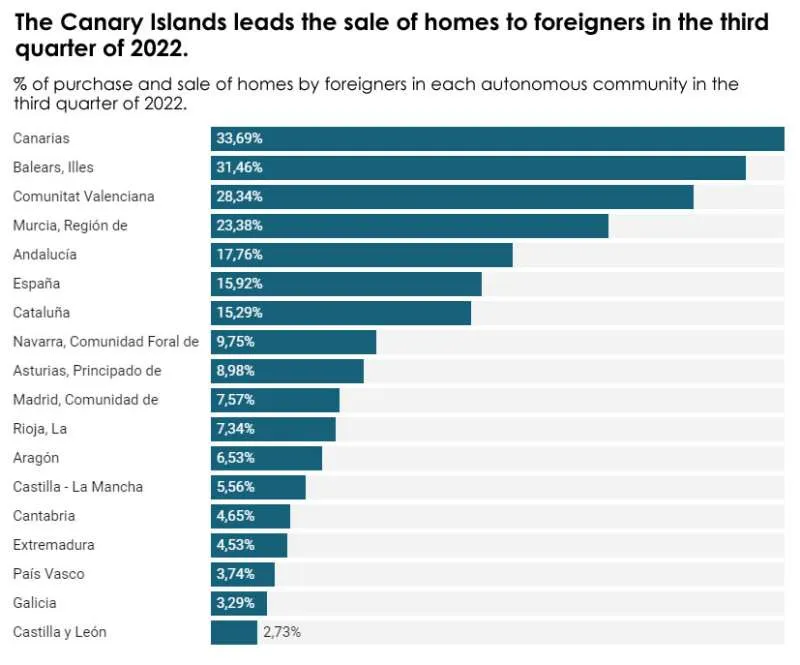
The official statistics do not clarify the motivation of buyers, i.e. whether they are a resident or not. There are relationships, such as associating the high percentages of acquisitions of mini-apartments (less than 40 square metres in size) in the Archipelago with holiday rentals, or that the highest concentrations of second homes are located in municipalities with consolidated residential tourism, such as Yaiza (40.6%), Tías (29.4%), Pájara (16.6%), La Oliva (more than 20%) and San Bartolomé de Tirajana (16.4%).
However, Alejandro Armas, a Tenerife geographer at the University of Leipzig, stresses that there should be no difference in whether the houses belong to foreigners or not. The key lies in what they are used for.
“If it's for rent, it shouldn't have a negative effect. It could even improve the housing stock in this sense, since in Spain we have a tendency to buy property. Another thing would be to buy a flat in a popular area and renovate it with the intention of obtaining a very high rent from the lease. That can induce processes of social change and gentrification”, he says.
Research published in the American Journal of Sociology details that homeowners enjoy greater benefits in poorer neighbourhoods, where mortgage and tax burdens are lower, but rents are not. “The third scenario would be that these people buy the property to put it on Airbnb or for their own seasonal use. In these cases, the offer for the habitual residence would be reduced.”
Nueva Canarias has not yet specified what they want, because in the same statement, in which they presented this matter, they cited the examples of Mallorca, where the MÉS per Menorca party asks "to prevent second residents from eating up the first residence"; Denmark, where the acquisition of second homes by foreigners is already restricted; Malta, which requires a minimum of five years of legal stay before you can buy a second home.
Other articles that may interest you...
Trending
Most Read Articles
Featured Videos
A Vision of Elvis Tenerife Promo
- 10-05-2025
TEAs 2025 Highlights
- 17-11-2025






